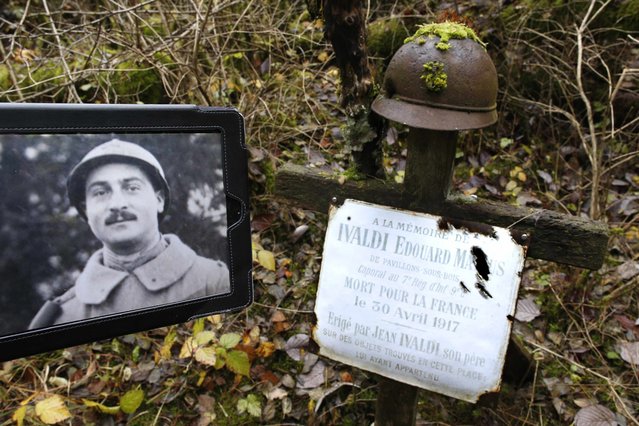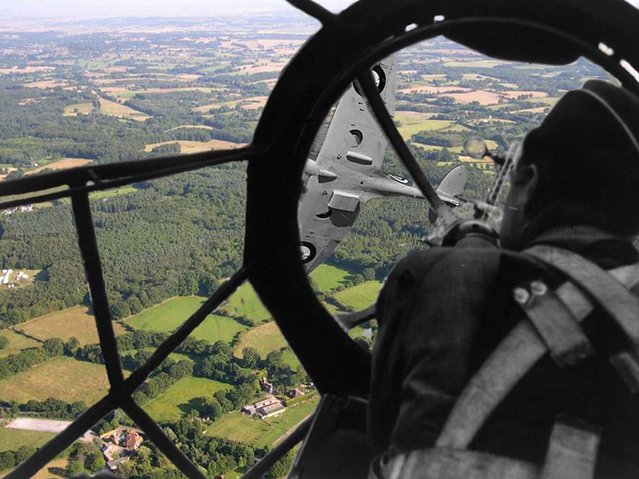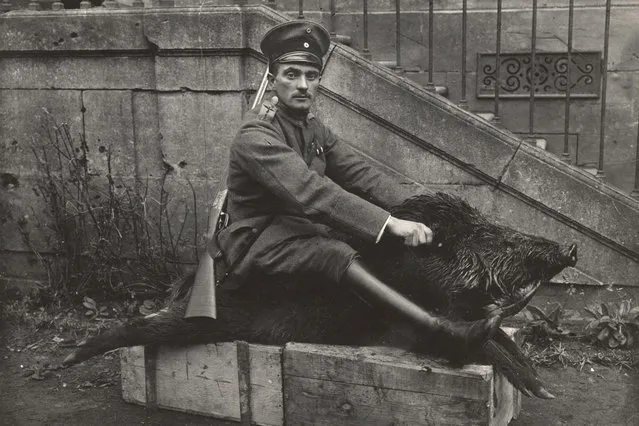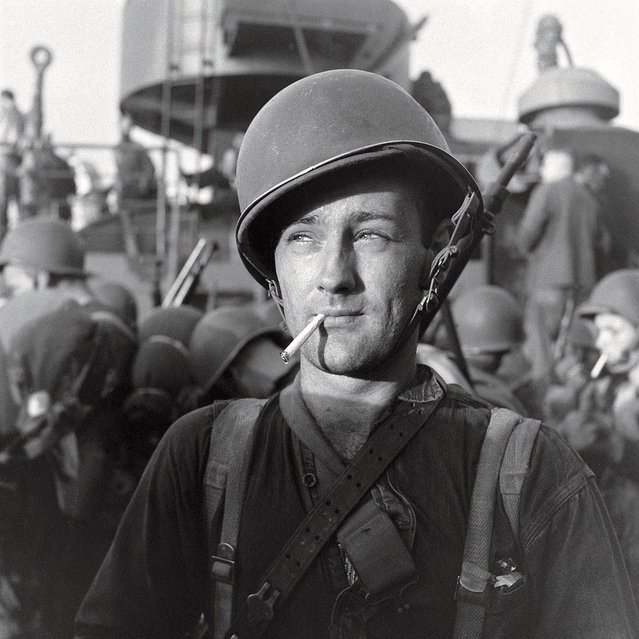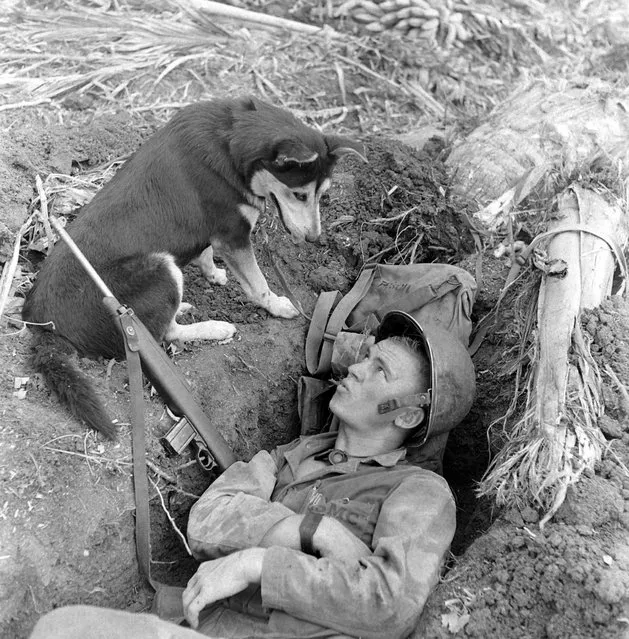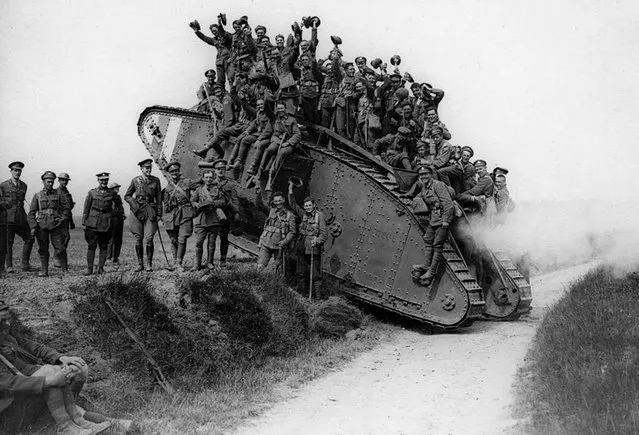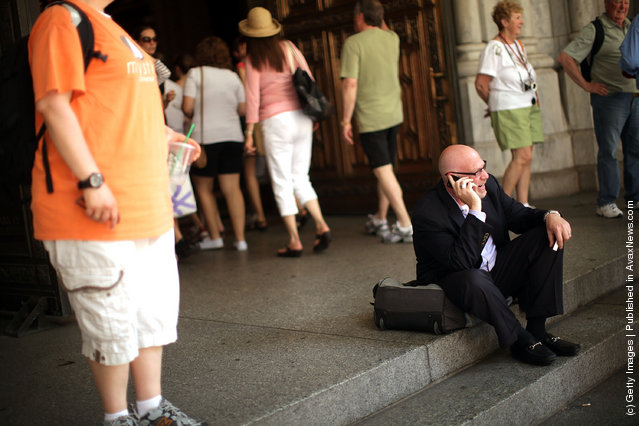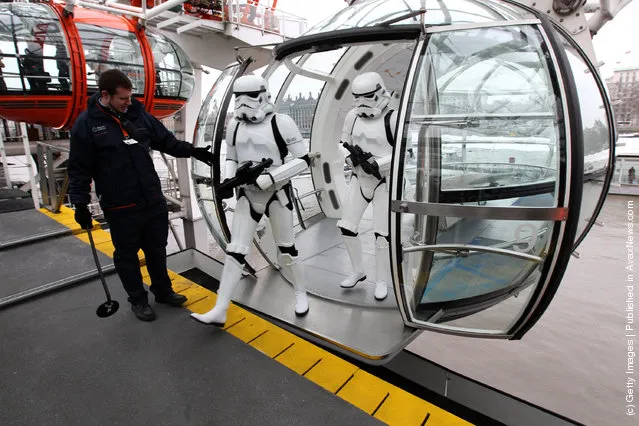
Characters from Star Wars pose for a photocall to promote the release of Star Wars: Episode 1 – The Phantom Menace 3D at The London Eye on February 8, 2012 in London, England. (Photo by Dave J. Hogan/Getty Images)
09 Feb 2012 13:09:00,post received
0 comments

